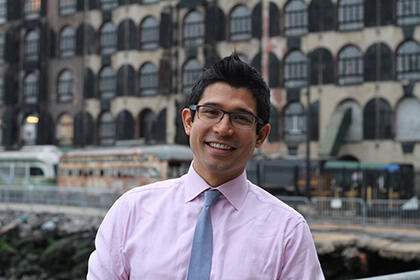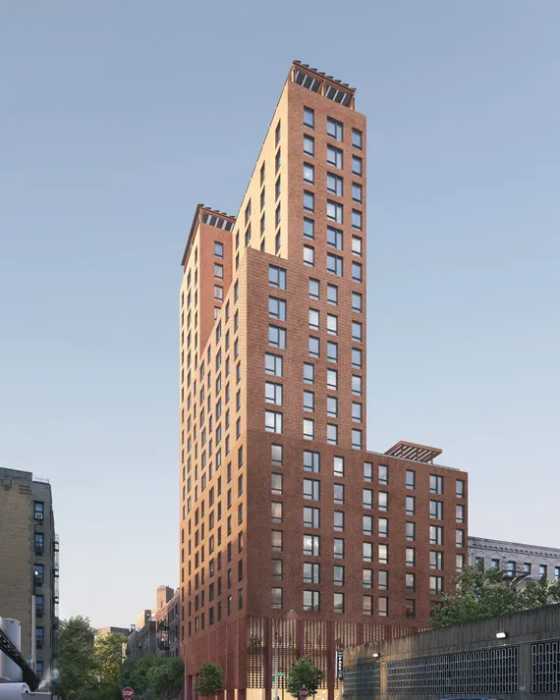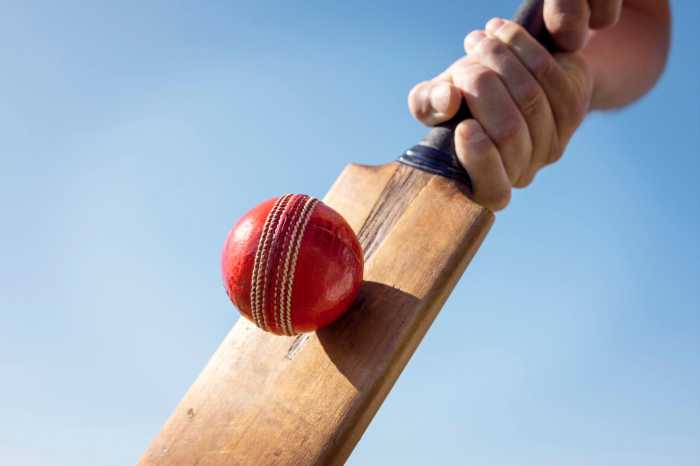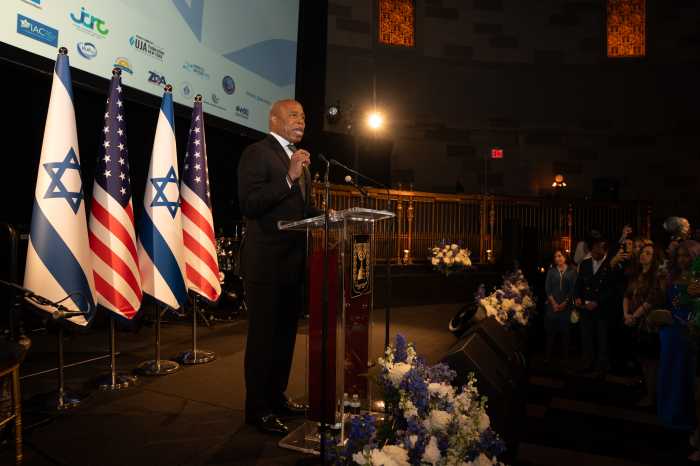The season’s first winter storm was gearing up with a chilly heavy rain on the evening of December 1, thinning the turnout for the World AIDS Day “Out of the Darkness” candlelight vigil at the NYC AIDS Memorial in the West Village. Still, dozens — including American Run for the End of AIDS (AREA) founder Brent Nicholson Earle, a prime mover behind the annual event — gathered in the triangular park at Seventh Avenue, Greenwich Avenue, and West 12th Street, opposite the former St. Vincent’s Hospital, for a reading of names of those lost to AIDS.

The group next proceeded to St. John’s Lutheran Church on Christopher Street for an indoor commemoration that drew a much larger crowd for an evening of speeches, which included the theme of “family” resilience, and the reading of more names.

According to UN AIDS, as of the end of 2018, at least 32 million people worldwide are estimated to have died of HIV-related illnesses since the start of the epidemic nearly four decades ago, though the group concedes that the margin of error on that estimate is in the millions. Deaths in the US have exceeded 660,000.

More than 38 million people worldwide — including approximately 1.2 million in the US — are living with HIV, while only 25 million currently have access to antiretroviral therapy.

New York and other major urban areas in the US have had success in recent years in bringing down the number of new HIV infections, with both the city and the state here reporting record low numbers for 2018 — based in good measure on getting HIV-positive people into treatment and encouraging PrEP use by those who are negative. These decreases, however, are falling short of the targets set out five years ago for ending the epidemic in New York in 2020. Public health experts and activists widely agree that more work is needed, especially among gay and bisexual men in communities of color.




















